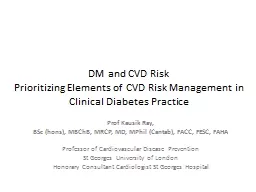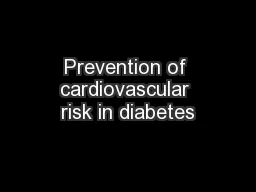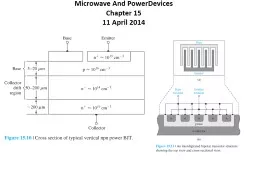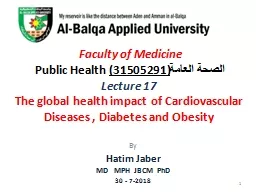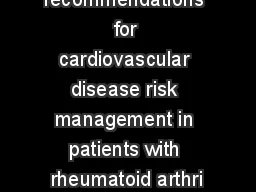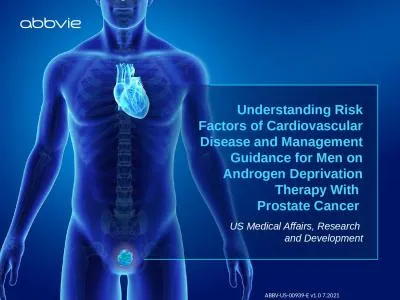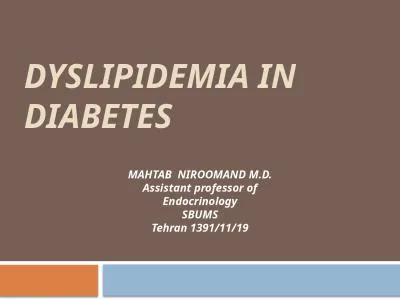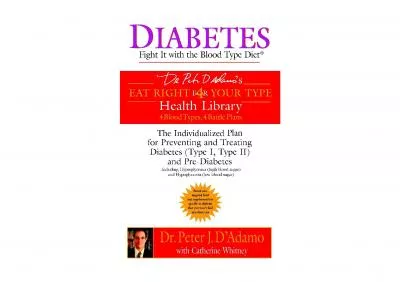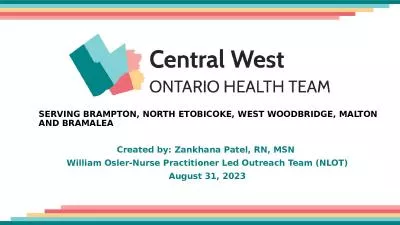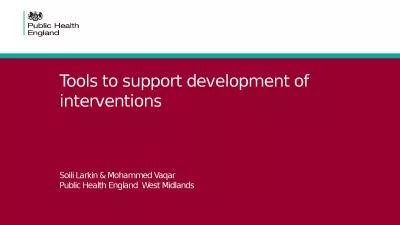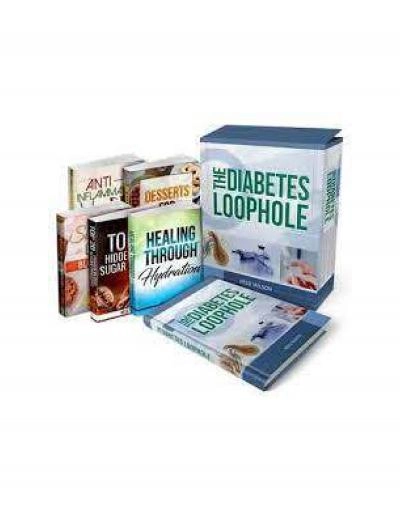PPT-DM and CVD Risk Prioritizing Elements of CVD Risk Management in Clinical Diabetes Practice
Author : susan | Published Date : 2022-06-18
Prof Kausik Ray BSc hons MBChB MRCP MD MPhil Cantab FACC FESC FAHA Professor of Cardiovascular Disease Prevention St Georges University of London Honorary
Presentation Embed Code
Download Presentation
Download Presentation The PPT/PDF document "DM and CVD Risk Prioritizing Elements o..." is the property of its rightful owner. Permission is granted to download and print the materials on this website for personal, non-commercial use only, and to display it on your personal computer provided you do not modify the materials and that you retain all copyright notices contained in the materials. By downloading content from our website, you accept the terms of this agreement.
DM and CVD Risk Prioritizing Elements of CVD Risk Management in Clinical Diabetes Practice: Transcript
Download Rules Of Document
"DM and CVD Risk Prioritizing Elements of CVD Risk Management in Clinical Diabetes Practice"The content belongs to its owner. You may download and print it for personal use, without modification, and keep all copyright notices. By downloading, you agree to these terms.
Related Documents

